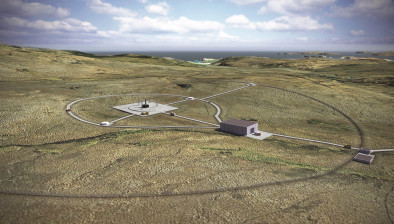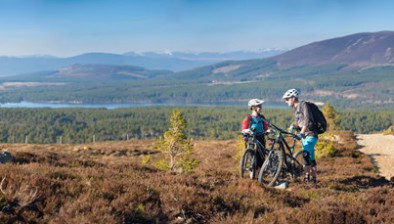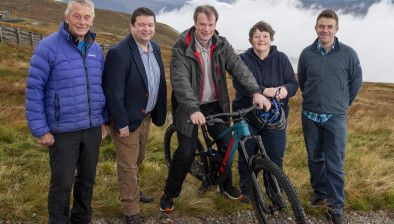Green light for PAS plan to attract more residents to Rum
 The Highland Council has approved an innovative Community Land Use Plan designed to reverse population decline on the Isle of Rum and attract new investment to the village of Kinloch.
The Highland Council has approved an innovative Community Land Use Plan designed to reverse population decline on the Isle of Rum and attract new investment to the village of Kinloch.
Commissioned by The Isle of Rum Community Trust (IRCT), the plan has been produced by PAS following a significant amount of intense community engagement with the residents of the island and other key stakeholders such as Scottish Natural Heritage (SNH), whilst working in partnership with Highland Council.
The plan will give the Community Trust and current and future residents of the island a lot more certainly in terms of where much-needed new housing can be located and will help meet the Trust’s aim of growing the population of the island (currently around 30 people) to a more sustainable level. The plan also looked at other possible changes on the island including improving the village centre of Kinloch and creating a better tourist experience.
Consideration has also been given to the fact that any development on Rum must be balanced with the need to protect its unique natural and built heritage which includes the A-Listed Kinloch Castle and a high number of natural heritage designations.
Nic Goddard, a director of the Isle of Rum Community Trust, said: “This plan will help pave the way to attracting new people and businesses to invest in Rum. We need to grow the population or our village and diversify the island’s economy and this plan will help bring us closer to making that happen. We would like to thank our principal funder, Awards for All Scotland, and also to Highland Council, for their ground-breaking support in allowing this plan to take place.
“And to our contractor, PAS who together with their associates and volunteers undertook a fun and engaging process working with the community and Highland Council to deliver a very user-friendly result.”
Tim Stott, Highland Council principal planner, said: “The Highland Council has supported the aims of this engagement based project and believes that this kind of community-led plan could be a model for other communities in its area.”





















